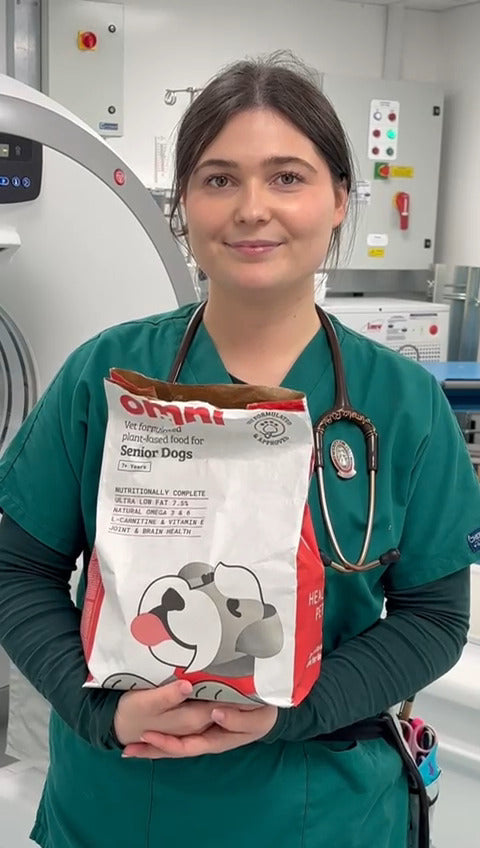Vegan diets and heart disease in dogs: New study update

A new study looking at the effects of dietary pulse (lentils, peas etc.) intake by dogs, and its relation to cardiac function, has recently been published.
In recent years the Food and Drug Administration (FDA) had been investigating links between grain free diets, that commonly contained pulses and legumes, and a form of heart disease known as dilated cardiomyopathy (DCM). Ultimately, their findings highlighted that the incidence of DCM is likely multifactorial and includes a complex interaction of predisposing factors like breed, age, and metabolism as well as possibly dietary components. More recently, the FDA stated it had insufficient data to establish causality among DCM case reports and pet food products eaten by afflicted dogs and therefore has stopped updating on the topic at this current time.
Despite this, research continues to be done to assess potential links of various factors and DCM. A new study published in March 2023 has aimed to do this, specifically looking at the effect of canine pulse intake and DCM. 28 privately owned huskies were equally split and fed four different diets with increasing pulse content (0%, 15%, 30%, and 45%), all diets had equal micronutrient supplementation and had nutrient sufficiency/completeness ensured as to assess the effects of the pulses only. Pea starch was also used to balance protein and energy, and chicken was used as the animal protein.
The study aimed to measure effects of pulse intake in three different areas:
1- Cardiac function – echocardiographic measurements (ultrasound of the heart to assess for physical changes) and cardiac biomarkers (N-terminal pro-B-type natriuretic peptide and cardiac troponin I (cTnI) to assess for heart damage/stress) were assessed before and after 20 weeks of feeding the diet (biomarkers were additionally assessed at regular intervals throughout the 20 weeks).
2- Plasma sulphur amino acid (SAA) concentrations – various SAAs were measured at regular intervals throughout the 20 weeks as pulses are often lower in SAAs and this may limit the synthesis of taurine, an amino acid that is important for heart health and can be indicated in the development of DCM.
3- Body composition and haematological and biochemical measurements – blood work was done at regular intervals throughout the 20 weeks to assess general health, while comprehensive body composition and bone mineralisation analysis was done before the start of the diet trial and at week 20.
Results showed that “after 20 weeks of feeding, there were no differences (P > 0.05) in echocardiographic parameters, N-terminal pro-B-type natriuretic peptide, and cTnI concentrations among treatments or across time within treatment (P > 0.05), indicating no differences in cardiac function among treatments.”. Additionally, “plasma SAA status, body composition, and haematological and biochemical indices were similar among treatments and over time”.
The researchers therefore concluded that increasing pulse dietary content up to 45% inclusion, alongside the removal of grains, does not impact cardiac function, body composition, or SAA status in healthy adult dogs when fed for 20 weeks.
It should be noted that more research is required to establish if definitive links to DCM as it is likely multifactorial in origin. For example, the study referenced here, only assessed one breed type, used only an animal protein based diet, used a small number of dogs and only assessed for changes over 20 weeks. Additionally, there are many intermediary metabolic factors involved with various pathways when considering nutritionally mediated DCM in dogs; therefore further investigations would be necessary to establish clear links. From the findings of this study however, there does not seem to be a correlation between heart changes and pulse/legume intake.







 85 Great Portland Street, 1st Floor, London, W1W 7LT United Kingdom
85 Great Portland Street, 1st Floor, London, W1W 7LT United Kingdom





